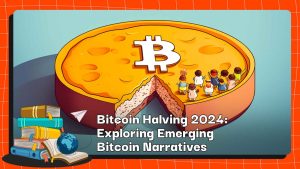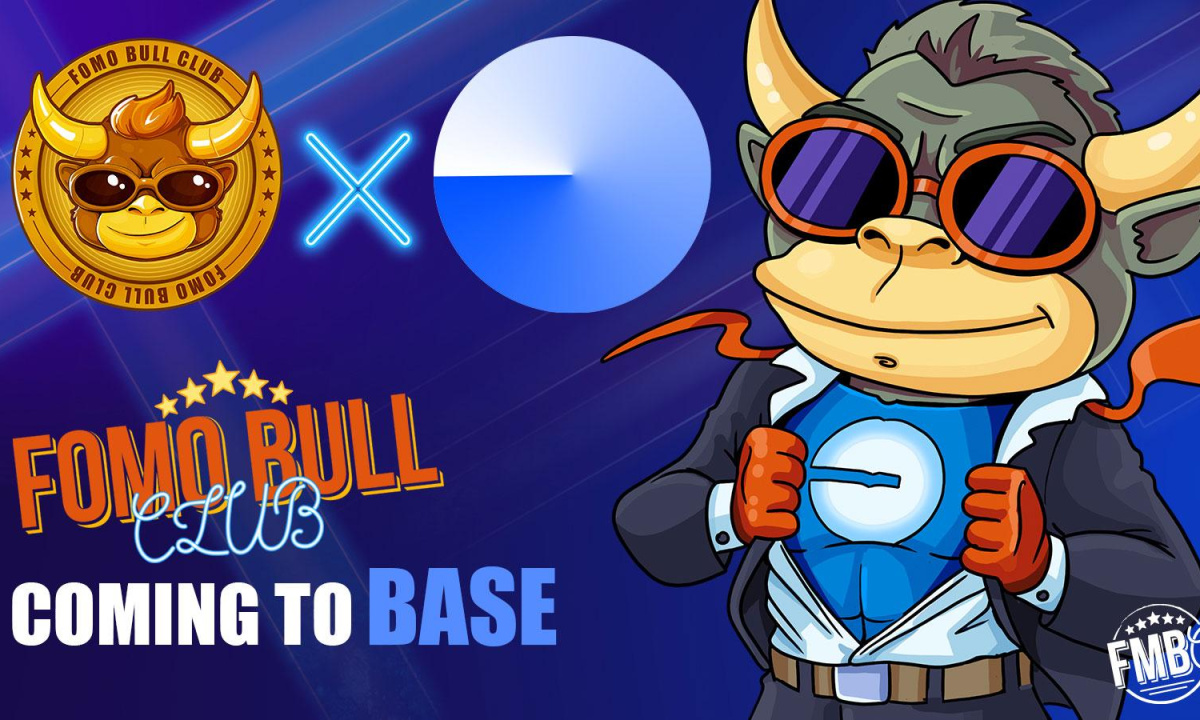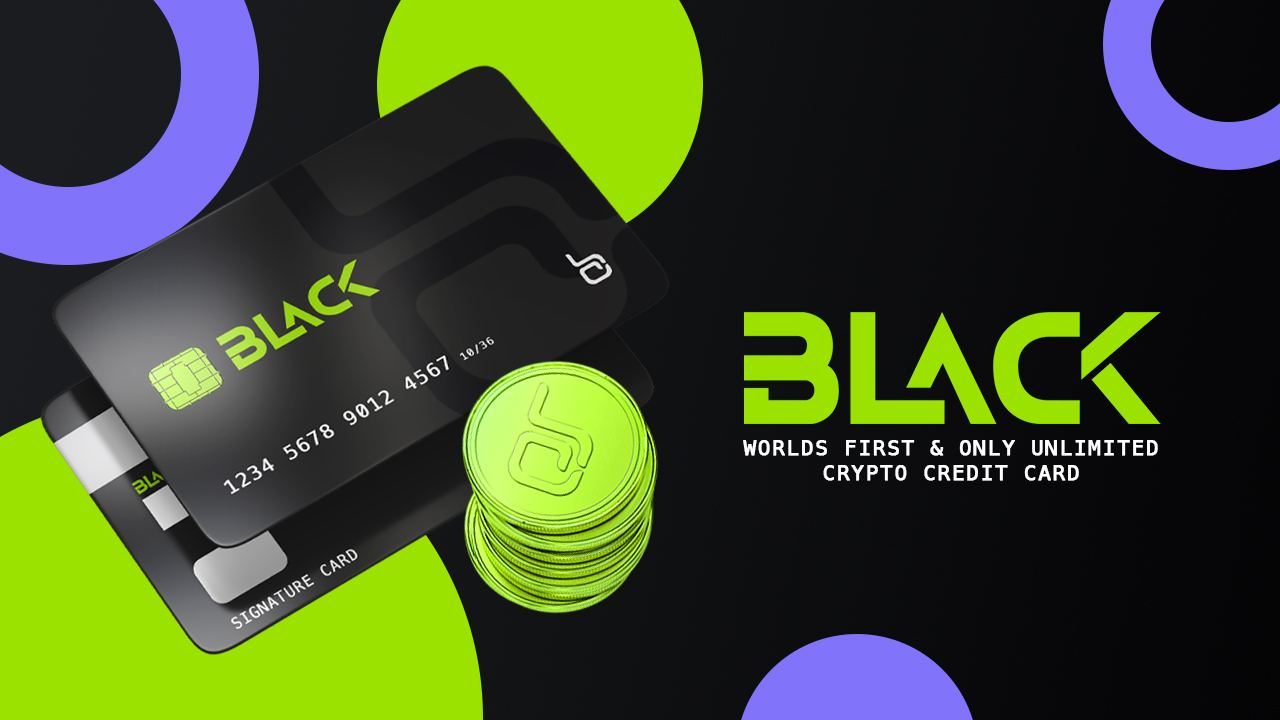Review Cardano ($ADA) – Dubbed A Rival To Ethereum 2.0
Cardano is a decentralized blockchain platform built by Charles Hoskinson – Co Founder of Ethereum in 2015. In 2017, Cardano was officially launched and successfully raised $60 million through ICO. Dubbed a rival to Ethereum, what makes Cardano so special and attracts so much attention? Let’s find out with us.

What Is Cardano (ADA)?
Cardano is an open-source, smart-contract platform that aims to provide multiple features through layered design. Its modularization will eventually allow for network delegation, sidechains, and light client data structures. Cardano uses a version of Proof-of-Stake (PoS) called Ouroboros to secure the network and manage the block production process. The network features a native token called ADA that gives stakers a claim on new issuance in proportion to their holdings and allows users to pay for transactions.
Cardano has a strong focus on sustainability, scalability, and transparency and is a fully open source project that aims to deliver an inclusive, fair, and resilient infrastructure for financial and social applications on a global scale. It is powered by Ouroboros, the ground-breaking proof-of-stake consensus protocol. Much like the Ethereum blockchain’s native cryptocurrency is ETH, the Cardano blockchain’s native cryptocurrency is ADA — which can be bought or sold via exchanges like Coinbase. Today, ADA can be used to store value (perhaps as part of your investment portfolio), to send and receive payments, and for staking and paying transaction fees on the Cardano network.
Outstanding Features
What is the project trying to achieve?
Cardano is a decentralized third-generation proof-of-stake blockchain platform and home to the ADA cryptocurrency. It is the first blockchain platform to evolve out of a scientific philosophy and a research-first driven approach.
The Cardano platform has been designed from the ground up and verified by an industry-leading combination of top engineers and academic experts in the fields of blockchain and cryptography. It has a strong focus on sustainability, scalability, and transparency. It is a fully open-source project that aims to deliver an inclusive, fair, and resilient infrastructure for financial and social applications on a global scale. One of its primary goals is to bring reliable, secure financial services to those people who do not currently have access.
Another major aim in the design of Cardano is to reduce centralization while actively working against economic incentives that would drive the system towards centralization. As soon as you have stake pools, you have an economic incentive for these pools to grow, so it was important to make it less attractive for a stake pool to become too big.

What is the unique selling point?
Security
Security is one of the founding principles of their blockchain. ADA is written in Haskell, a secure functional programming language that encourages building a system using pure functions. This leads to a design where components are conveniently testable in isolation. Furthermore, advanced features of Haskell enable us to employ a whole range of powerful methods for ensuring code correctness, such as basing the implementation on formal and executable specifications, extensive property-based testing, and running tests in simulation.
Scalability
Cardano’s scalability consists of three elements:
- Transaction Per Second (TPS): ADA uses the Ouroboros consensus algorithm, which belongs to the Proof of Stake( POS).
- Network: To increase the bandwidth of the network, ADA uses RINA (Recursive Inter-Network Architecture) technology to divide the network into many subnetworks, and these subnetworks can interact with each other if needed.
- Data Scaling: In order to reduce the data size of each transaction, Cardano is paying attention to two solutions, Subscriptions and Sidechains.
The Basho era of ADA is an era of optimization, improving the scalability and interoperability of the network. Whereas previous development eras focused on decentralization and new functionality, Basho is about improving the underlying performance of the Cardano network to better support growth and adoption for applications with high transaction volume.
Interoperability
Currently, the problem of interoperability between blockchains is a challenge for developers, solutions are born in which ADA has a solution for interoperability between different Blockchains after the Goguen phase – The Goguen era represents a step-change in the abilities of ADA , opening the way to the development of enterprise-level, mission-critical, decentralized smart contract applications, with even more exciting things to come during the Basho and Voltaire eras.
Formally verified
The Cardano platform has been designed from the ground up and verified by an industry-leading combination of top engineers and academic experts in the fields of blockchain and cryptography. ADA uses formal verification methods to ensure that the system behaves as designed.

Sustainability
Designing a proof-of-stake blockchain means it is vital to ensure that the system is self-sustainable. To drive growth and maturity in a truly decentralized manner, ADA is built to allow the community to maintain its continuous development by participating, proposing, and implementing system improvements. To ensure sustainability, the treasury system is controlled by the community and is refilled constantly from potential sources such as newly-minted coins being held back as funding, a percentage of stake pool rewards, and transaction fees.
Roadmap
Cardano’s development journey has been split into five main themes focusing on such core functionalities as:
- Byron — foundation establishment
- Shelley — decentralization
- Goguen — smart contracts
- Basho — scalability
- Voltaire — governance
Each theme is centred around a set of functionalities that are being delivered across multiple code releases. While these development streams are delivered sequentially, the work for each happens in parallel – with research, prototyping, and development often in progress all at once across the different stages. Let’s take a closer look at these development themes.
Byron
Byron set the foundation for ADA development allowing users to buy and sell ada on a proof-of-stake blockchain network. Initially, the Cardano ledger was established as a federated network, where block production and transaction validation were maintained by Input Output Global (the company that develops Cardano technology) and Emurgo (the company that drives Cardano commercial adoption) stake pools. Byron saw the delivery of Daedalus and Yoroi wallets, and also provided users with a Block Explorer ‒ a tool specifically designed for browsing the blockchain.
Shelley
The Shelley development theme introduced a decentralized ledger creating a completely new economic system, which drives the network’s growth and gradual optimization. Shelley evolved from Byron’s federated network maintenance, with more and more blocks being produced by the distributed stake pool operator community. This theme focuses on a number of critical steps that ensure enhanced user experience in terms of stake pool operation, delegation preferences, and incentives. As a proof-of-stake network, Cardano Shelley introduced the Incentivized Testnet (ITN) which proved that the blockchain can be sustainable in the long term by relying exclusively on community-managed pools.
Goguen
Goguen development focuses on the establishment of a global, financial and multi-functional system for decentralized application (DApp) building, smart contract support, and custom token issuance. Goguen is a key building block to establish a versatile platform to build solutions around such application domains as supply chain, track and trace, finance, medical records, identity voting, property registration, P2P payments, and many others.
Basho
Basho will focus on Cardano’s optimization in terms of improving the scalability and interoperability of the network. Whereas other development stages focus on decentralization and new functionality, Basho is about improving the underlying performance of the Cardano network to better support growth and adoption for applications with high transaction volume.
Voltaire
Decentralized governance and decision making lie at the heart of Voltaire granting the Cardano community an ability to vote on network development updates, technical improvements, and project funding. For the Cardano network to become truly decentralized, it requires not only the distributed infrastructure introduced during Shelley but also the capacity to be maintained and improved over time in a decentralized way.
Technical Data
Token Metrics
- Token Name: Cardano.
- Ticker: ADA
- Blockchain: Cardano
- Token Type: Utility
- Total Supply: 34,277,702,082 ADA
- Circulating Supply: 33,740,000,000 ADA 75%)
You can update the price of ADA Token on Coincu.com right at: CLICK HERE
Token Allocation
The ADA token has a max supply of 45,000,000,000 ADA and it is distributed to:
- ICO: 57.6% (25.9b ADA)
- Team: 11.5%
- Staking Rewards: 30.9%
Cardano distributed vouchers for 25.9 billion ADA in a public token sale from September 2015 to January 2017. Participants could redeem the vouchers for actual ADA through Cardano’s native Daedalus wallet. The three entities supporting Cardano’s development received 5.2 billion ADA following the mining of Cardano’s genesis block. Their allocation was as follows:
- 2.46 billion ADA were allocated to IOHK which voluntarily adopted the following vesting schedule for its Ada: A third of IOHK’s ADA holdings were immediately available to IOHK. A third was made available on June 1st of 2018. The final third of IOHK’s Ada will be made available on June 1st of 2019
- 2.07 billion ADA were allocated to Emurgo.
- 0.648 billion ADA were allocated to the Cardano Foundation
Token Release Schedule
Cardano caps the supply of ADA at 45 billion. The current ADA supply is roughly 31 billion, which leaves a remaining 14 billion for network incentives. Cardano incentives compensate for the network’s decrease in monetary expansion. Incentives increase as network use increases.

Token Sale
You can buy or sell ada for fiat or other cryptocurrencies using cryptocurrency exchanges. Visit Coincu.com to see the list of exchanges that support ADA.
Price today: $0.95
ATH: $3.10
More information at: CLICK HERE
Token Use Case
- Ada Is The Native Token Of Cardano, the first and most prominent use of the ADA token is simply as any other cryptocurrency which can be spent, sold or kept as an investment tool.
- Voting: This means that token holders have a say within the ecosystem in terms of changes and developments. Changes are proposed by the developers and those within the ecosystem take votes on it. This has been in a bid to avoid issues such as hard forks and developer disputes which have been seeing in tokens such as Bitcoin and Ethereum.
- Staking: Whenever each epoch is closed and a block is completed, an amount of ADA tokens is rewarded to ADA delegators in those ADA pools. Alternatively, ADA holders can run their own stake pools and invite others to stake their tokens to share the rewards.
- Transaction Fee: When making a transaction, or DAPPS who want to develop on Cardano, they need to pay a certain amount of fees.
Market and Community
Market
Currently, new blockchain platforms appear one after another to compensate for the shortcomings that the previous generation has not been able to do. With Cardano, they set a goal that all other blockchains are doing and struggling with. However, to achieve and attract users is still a challenge ahead of Cardano and developers.
Community
Cardano has reached 1.2M Followers on Twitter

Backers
Team
Cardano is a project founded by Charles Hoskinson – co-founder of Ethereum and BitShares. Up to now, Cardano is being managed and operated by three main organizations: Cardano Foundation, Emurgo and IOHK.
Partners & Investors

Initially as mentioned in the Token Allocation sector, investors participated in the ADA ICO to buy tokens with their BTC.
Verdict
To summarize, Cardano has enormous potential in terms of technology and business infrastructure when compared to other existing blockchains. The blockchain initiative is supported by academically peer-reviewed proofs and large corporations, making it fit for eventual mainstream adoption. They vow to speed up the process and complete the trip to become entirely decentralized in the near future if they stick to the Cardano plan.
Find more information about Cardano:
Website: https://cardano.org/
Twitter: https://twitter.com/Cardano
Telegram: https://t.me/Cardano
If you have any questions, comments, suggestions, or ideas about the project, please email ventures@coincu.com.
DISCLAIMER: The Information on this website is provided as general market commentary, and does not constitute investment advice. We encourage you to do your own research before investing.
Alan
Coincu Ventures



















